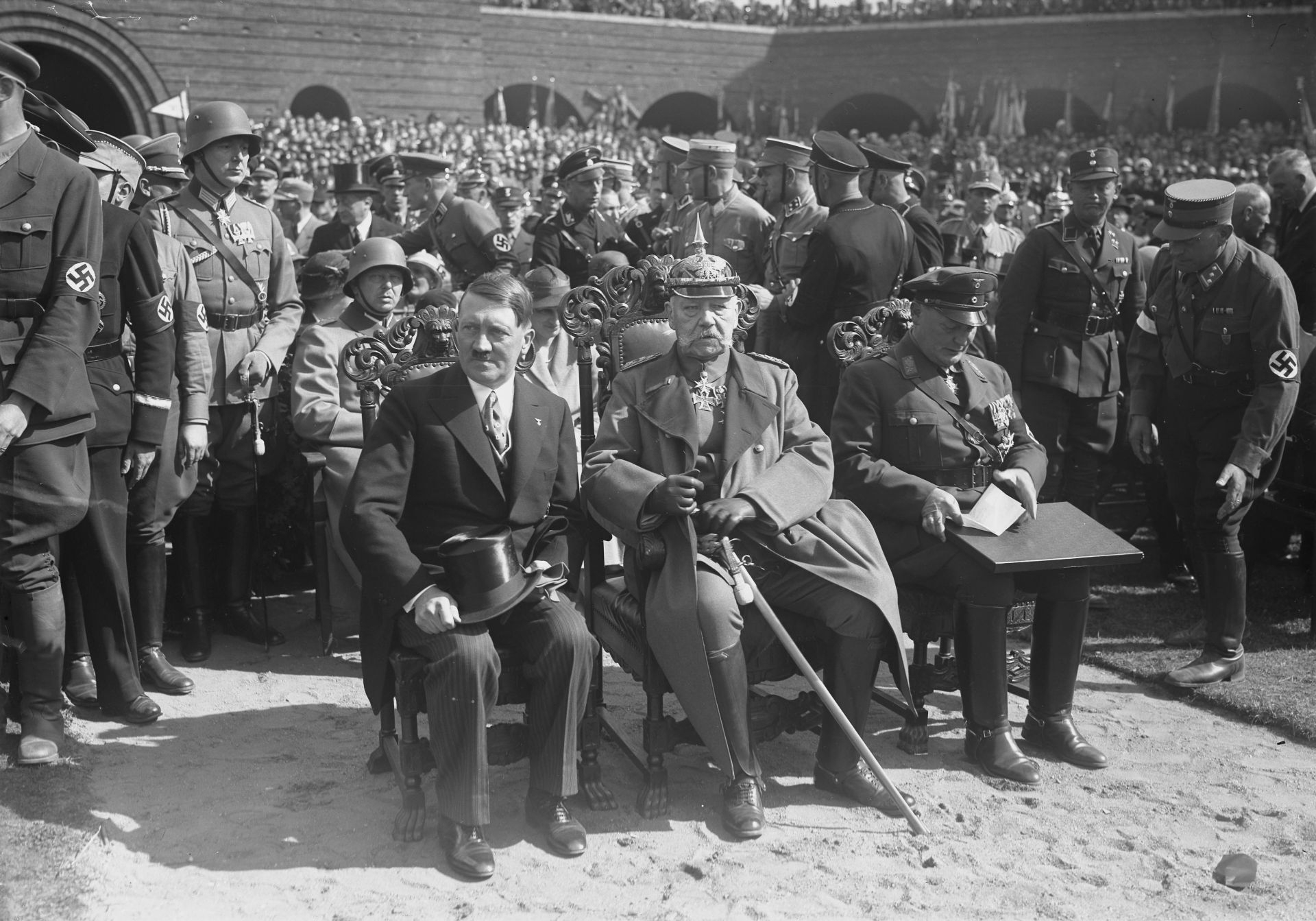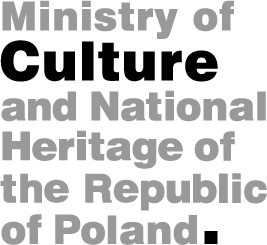|
|
the ideological character of the monument The monumental Tannenberg-Denkmal, the largest German memorial of its time, was composed of eight towers, each higher than 20 metres, and linked by a wall on an octagonal plan, the diameter of the whole being one hundred metres. In terms of ideology, this enclosed construction made reference to pagan forms of the worship of the dead, whose memory was worshipped in a specially separated area of sacrifice. Thanks to this the object gained the characteristics of a temple (in later years – a mausoleum), becoming the site and goal of many a pilgrimage. Heinrich Wiepking-Jurgensmann, a designer who was commissioned to work on the memorial, consciously derived inspiration from the ideological elements of German paganism: prehistoric tombs, mystical power, the cults of the sun, forests, and holy trees (he designed, among other things, an avenue with 1500 oak trees alongside it). In doing so, his architectural inspiration was undoubtedly the stone circle of Stonehenge (near Salisbury, S. England), as well as the octagonal Castel del Monte, built on order of Emperor Frederick II around 1240 in Apulii and, on the ideological level, the strongholds of The Order of the Teutonic Knights. The layout of the architectural concept embraced, next to the octagonal shape, suitably placed avenues with trees, along with a sports stadium. The location of the sports stadium in the direct vicinity of the monument was a purposeful choice thanks to which the ideas of youth, vitality and strength would naturally be connected with the ideas of the German state and nation. In addition to this, two of the eight towers functioned as youth hostels, while tourist facilities were planned to be developed nearby. It is not surprising that Tannenberg-Nationaldenkmal became the destination of many school excursions and people's intense contact with the memory of a heroic German history for many young Germans, educated in the patriotic spirit. Additionally, there was another important element of education, greatly emphasised at that time, namely the popularisation of hiking and trekking for lovers of the countryside. One of the publications of that time, which was popularised on a mass scale, was a special guidebook written by Otto Ewert, featuring sites of memory linked to the Tannenberg Battle (O. Ewert, Tannenberg. Schlacht, Heldenfriedhofe, Tannenberg-Nationaldenkmal, Graber-Verzeichnis, Denkmalstadt Hohenstein und ihre schone Umgebung, Hohenstein). The majority of national guide-books of this type proposed various excursions for walking in order to, among other things, reinforce one's historical memory and/or experience national history. In addition, they were an ideal carrier of ideological content, packed with mottoes, speeches, and texts glorifying the eminence of heroes who had fallen for their homeland. Indeed, the maps of educational trips contained a special arrangement of routes, usually including Tannenberg-Denkmal and the Town of Malbork [Germ. Marienburg]. When Adolf Hitler gained power, Tannenberg-Denkmal gained a higher-level, national status. While national holidays and celebrations of anniversaries were also a pretext to reorganise patriotic manifestations which were usually headed by Hitler as the Chancellor of the German Reich. And here, it is worth looking at the words of Robert Traba from his book Wschodniorpuskość to understand the national and symbolic dimension of Tannenberg-Denkmal: "Two historic experiences, i.e. the war and the plebiscite of 1920 happening within the span of only a few years dominated the political or – more widely – public sphere of patriotic ceremonies/political rituals, expressing union, power and the perseverance of the East Prussians and, with them, the entire province joined to the whole of the homeland as the Bollwerk of civilisation, the German state and nation. The war was expressed through three different types of mass celebrations: a political cult of the dead, realised around cemeteries and war memorials to the splendour of heroes fallen on the battlefields of glory; patriotic celebrations at the Tannenberg memorial, and the cult of Marshal Hindenburg. Further to this, in the years 1930-31, plebiscite events were enriched by the celebrations of 'The 700th Anniversary of the German East'". Translated by Marzena Beata Guzowska
|

Medieval Castel del Monte, built in 1240 in Italy by Frederick II Hohenstauf is the probable inspiration of the design of Tannenberg-Denkmal. 
A cemetery of war heroes in the vicinity of the Town of Węgorzewo in the Masuria area, on the Myśliwskie hill on the shore of one of the arms of Lake Mamry. It is a perfectly preserved example of a monumental object composed in the natural landscape. 
Reich President Paul von Hindenburg (middle), Reich Chancellor Adolf Hitler (left), Prussian President Herman Göring (right). 27 August 1933, solemn celebration related to the anniversary of the Tannenberg Battle, organised by the German government on the site of the Tannenberg-Denkmal in East Prussia. |
|||
| |||||
